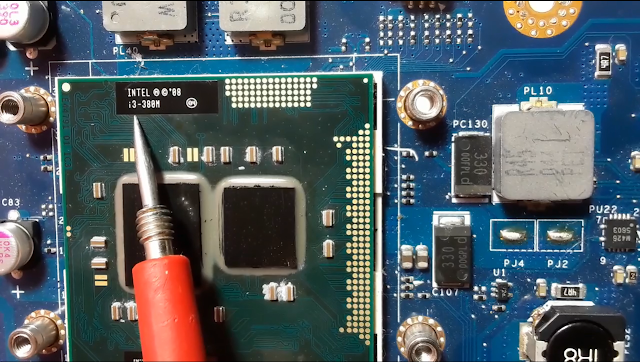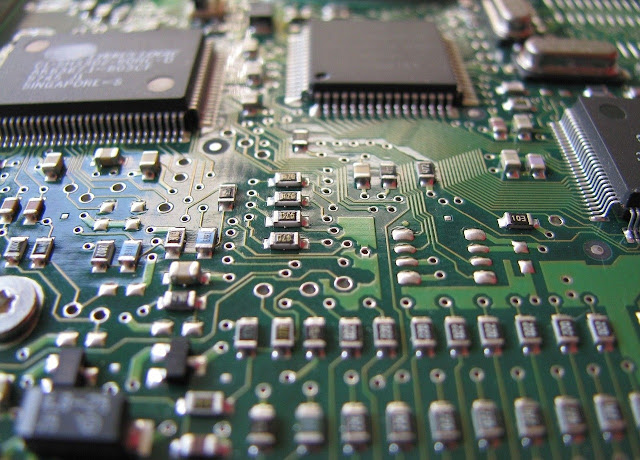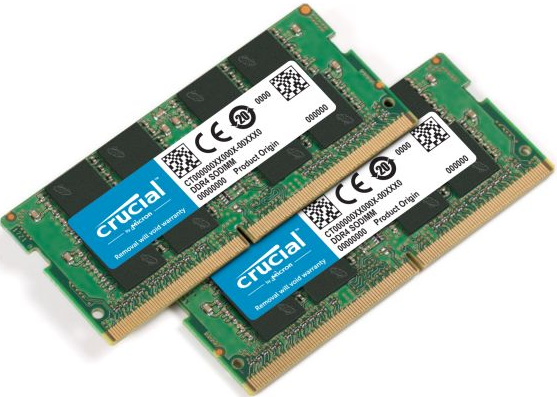Motherboard Diagnose: Troubleshooting Tips for Common Issues
Motherboards are the central hub of any computer system, connecting and coordinating all of its components. When something goes wrong with the motherboard, it can be a frustrating and often confusing experience. In this article, we'll cover some common issues that can arise with motherboards and provide some troubleshooting tips to help you diagnose and fix the problem.
Understanding the Motherboard
Before we dive into troubleshooting, it's important to understand what the motherboard does and how it works. The motherboard is a printed circuit board that connects all of the components in your computer, including the CPU, memory, graphics card, and storage devices. It also provides power to these components and facilitates communication between them.
Common Motherboard Issues
Here are some common issues that can occur with motherboards:
No Power
If your computer isn't turning on at all, the problem may be with the power supply or the motherboard. First, check that the power supply is properly connected to the motherboard and that it's switched on. If the power supply is working correctly, the problem may be with the motherboard. Check that the motherboard is receiving power from the power supply and that all of the power connectors are properly plugged in.
Blue Screen of Death
The Blue Screen of Death (BSoD) is a common issue that can occur when there's a problem with the motherboard or another component in your computer. When this happens, your computer will display a blue screen with an error message and then restart. The error message can provide some clues as to what's causing the problem. In many cases, a BSoD is caused by a faulty driver or hardware
component.
Overheating
Overheating can cause your computer to shut down or display warning messages. This can be caused by a faulty fan or heatsink, or by dust and debris clogging up the cooling system. If you suspect that overheating is the problem, check that all of the fans are working correctly and that the heatsinks are properly seated. You may also need to clean out the inside of your computer to remove any dust or debris.
Boot Failure
If your computer is having trouble booting up, the problem may be with the motherboard or another component. First, check that all of the cables and connectors are properly connected. If that doesn't work, try booting up with just one component at a time, starting with the motherboard and then adding each component until you find the one that's causing the problem.
Troubleshooting Tips
Here are some tips to help you troubleshoot and diagnose motherboard issues:
Check the Power Supply
As mentioned earlier, the power supply is a common cause of motherboard issues. Make sure that the power supply is properly connected to the motherboard and that it's switched on. You can also use a multimeter to check that the power supply is providing the correct voltage.
Check the BIOS
The Basic Input/Output System (BIOS) is firmware that controls the hardware of your computer. If there's a problem with the BIOS, your computer may not boot up correctly. Try resetting the BIOS by removing the CMOS battery for a few minutes and then reinserting it. You can also try updating the BIOS to the latest version.
Check the RAM
Faulty RAM can cause all sorts of problems with your computer, including crashes and boot failures. Try removing and reseating the RAM modules, or try using a different set of RAM to see if that fixes the problem.
Check for Short Circuits
Short circuits can occur when a metal object comes into contact with the motherboard or another component. This can cause damage to the motherboard and other components. Make sure that there are no loose screws or metal objects inside your computer.
Test the Components
If you've ruled out other causes of the problem, it's possible that a faulty component is causing the issue. Try testing each component individually to see if you can identify the problem. You can use diagnostic software to test the CPU, memory, and hard drive, or try swapping out components with known-good parts.
Clean the Motherboard
Dirt, dust, and other debris can accumulate on the motherboard over time, causing it to malfunction. Use a can of compressed air to blow away any dust or debris that may have accumulated on the motherboard. Be careful not to touch any of the components with your hands or any metal objects, as this can cause damage.
Check for Physical Damage
If you've dropped your computer or it has been subjected to other physical trauma, it's possible that the motherboard has been damaged. Check the motherboard for any signs of physical damage, such as cracks or bent pins. If you find any damage, you may need to replace the motherboard.
Conclusion
Motherboard issues can be frustrating and difficult to diagnose, but with a little patience and some troubleshooting know-how, you can often identify and fix the problem. Remember to take your time and work through each potential cause of the problem one at a time. If you're not comfortable working inside your computer or don't feel confident in your ability to diagnose and fix the issue, don't hesitate to seek help from a professional.
FAQs
- What is the most common cause of motherboard failure? The most common cause of motherboard failure is overheating, which can cause damage to the components and circuits on the motherboard.
- Can a faulty power supply cause motherboard issues? Yes, a faulty power supply can cause all sorts of issues with your motherboard and other components.
- How do I know if my RAM is faulty? You can use diagnostic software to test your RAM, or try swapping out the RAM with a known-good set to see if that fixes the problem.
- Can I fix a physically damaged motherboard? It depends on the extent of the damage. In many cases, physical damage to the motherboard cannot be repaired and it must be replaced.
- Should I attempt to diagnose and fix motherboard issues myself? If you're comfortable working inside your computer and have some troubleshooting experience, you can attempt to diagnose and fix motherboard issues yourself. However, if you're not confident in your ability to do so, it's best to seek help from a professional.







0 Comments
Post a Comment